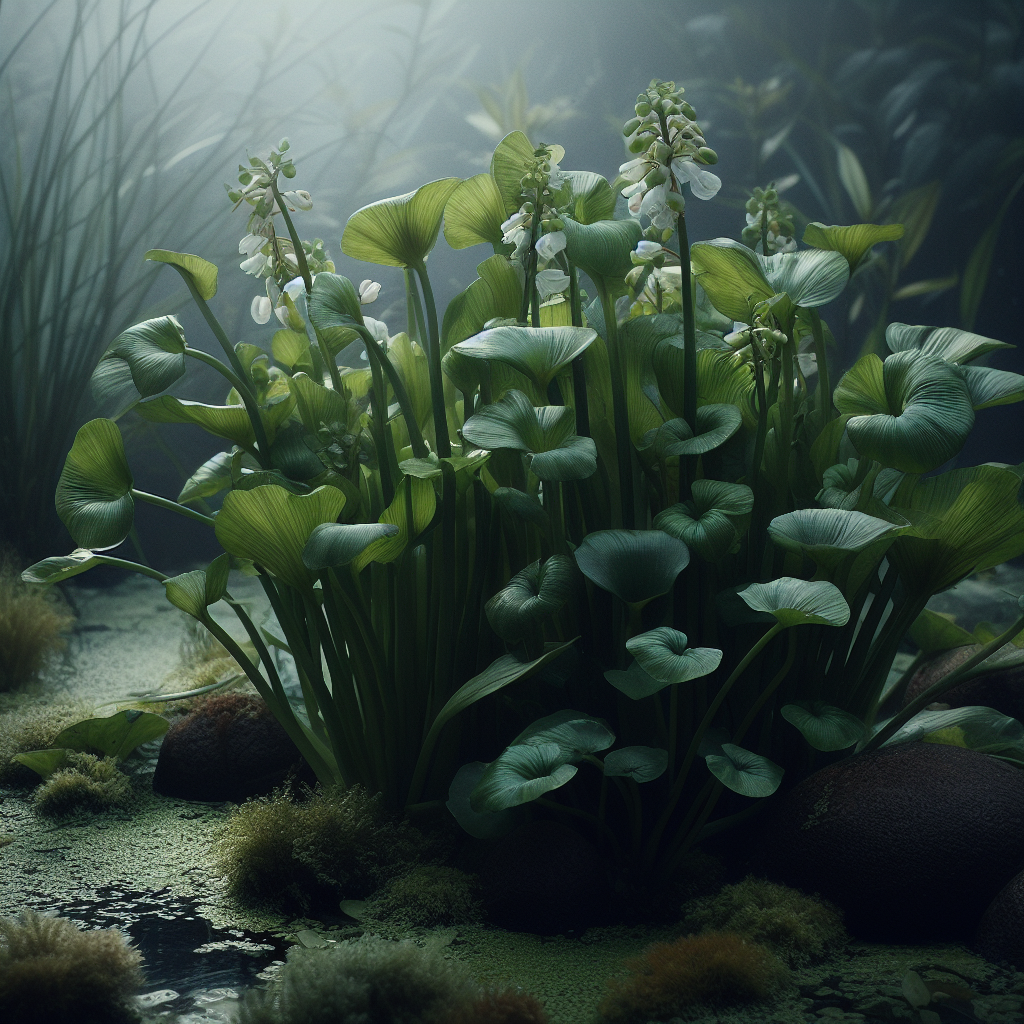Arrowhead plants, scientifically known as Sagittaria sagittifolia, present an intriguing addition to aquatic gardens, offering not only ornamental charm with their arrow-shaped leaves but also the culinary delight of edible tubers. In this OrganicMotion article, we will explore the botanical details, uses, planting guidelines, and harvesting tips for cultivating this unique aquatic species.
Botanical Overview
- Botanical Name: Sagittaria sagittifolia syn. Sagittaria sinensis
- Family: Alismataceae
Plant Description
Arrowhead is an aquatic edge plant known for its attractive arrow-shaped leaves. Unlike some Sagittaria species, it doesn’t produce seeds, making it a desirable choice for those concerned about potential invasiveness. Hardy and reaching a height of around 30 cm, it thrives in full sun, adding both aesthetic and culinary value to water gardens.
Uses
- Edible Tubers: The cream-colored tubers are the highlight, boasting a protein content of 4 to 7%. These tubers can be boiled, baked, or fried. However, it’s crucial not to consume them raw. The young shoots are also edible.
- Culinary Delight: A simple preparation involves boiling the tubers until tender, slicing them thin, and serving with butter or sesame oil. Leftovers, if any, can be served cold with a vinaigrette dressing as a refreshing salad.
Planting Details
- Planting Time: Early spring is ideal for planting tubers, buried 4 – 5 cm deep, with a minimum spacing of 10 cm.
- Growing Medium: While Arrowhead thrives in a pond setting, it can also flourish in containers like old laundry tubs or bathtubs sunk into the ground. The container should be filled with a mix of 70% quality topsoil (preferably loamy with some clay) and 30% well-rotted manure or compost.
- Water Requirements: Maintain a cover of shallow water, approximately 10 cm deep, over the soil. If using a pond, large pots filled with the soil mix can be employed.
Harvesting
The tubers are ready for harvest when the leaves turn yellow and begin to die back. This is typically the indicator that the edible portion has reached maturity.
Nutritious and delicious culinary element
Arrowhead plants offer a unique dual-purpose appeal: they enhance the aesthetics of aquatic gardens with their distinctive foliage while providing a nutritious and delicious culinary element. By following these guidelines, both novice and seasoned gardeners can cultivate Arrowhead with ease, introducing a delightful aquatic edible to their outdoor spaces.
